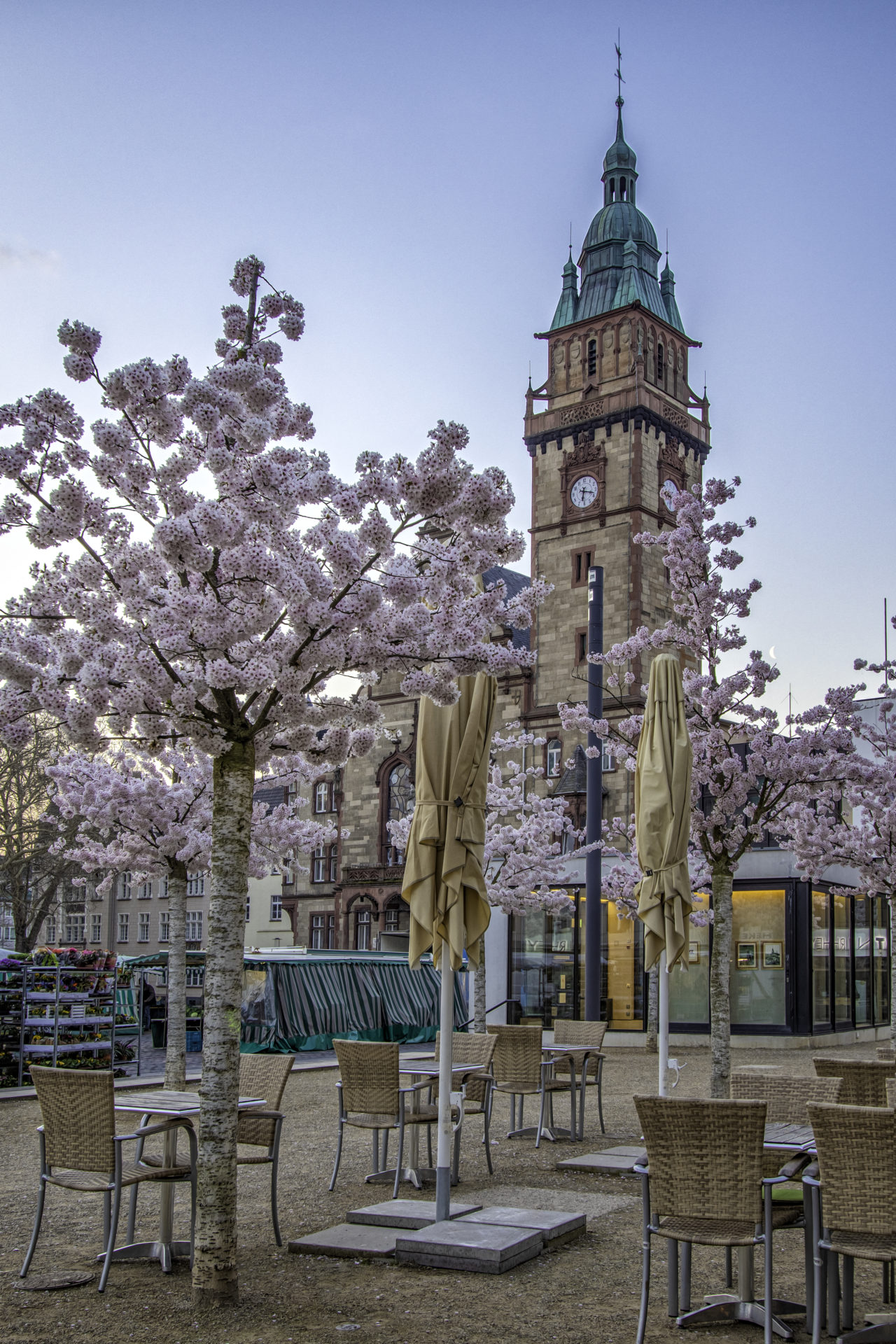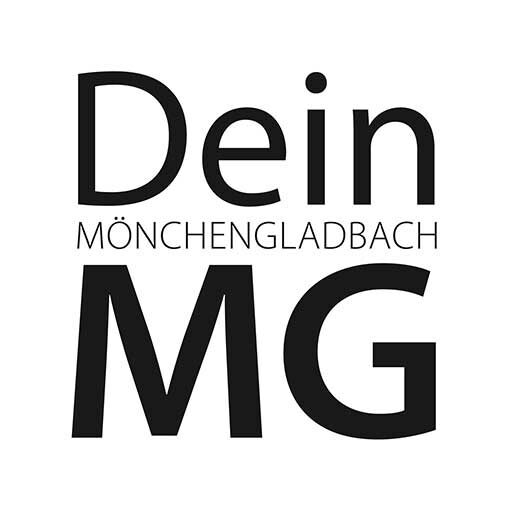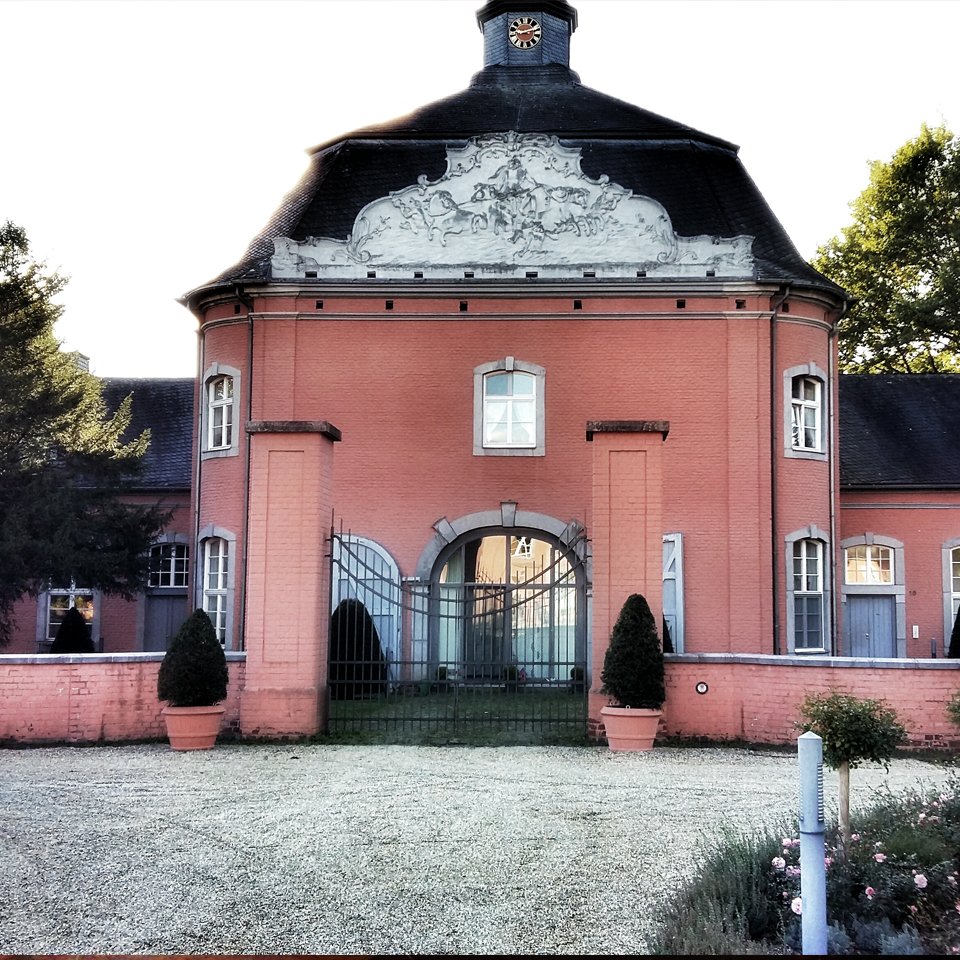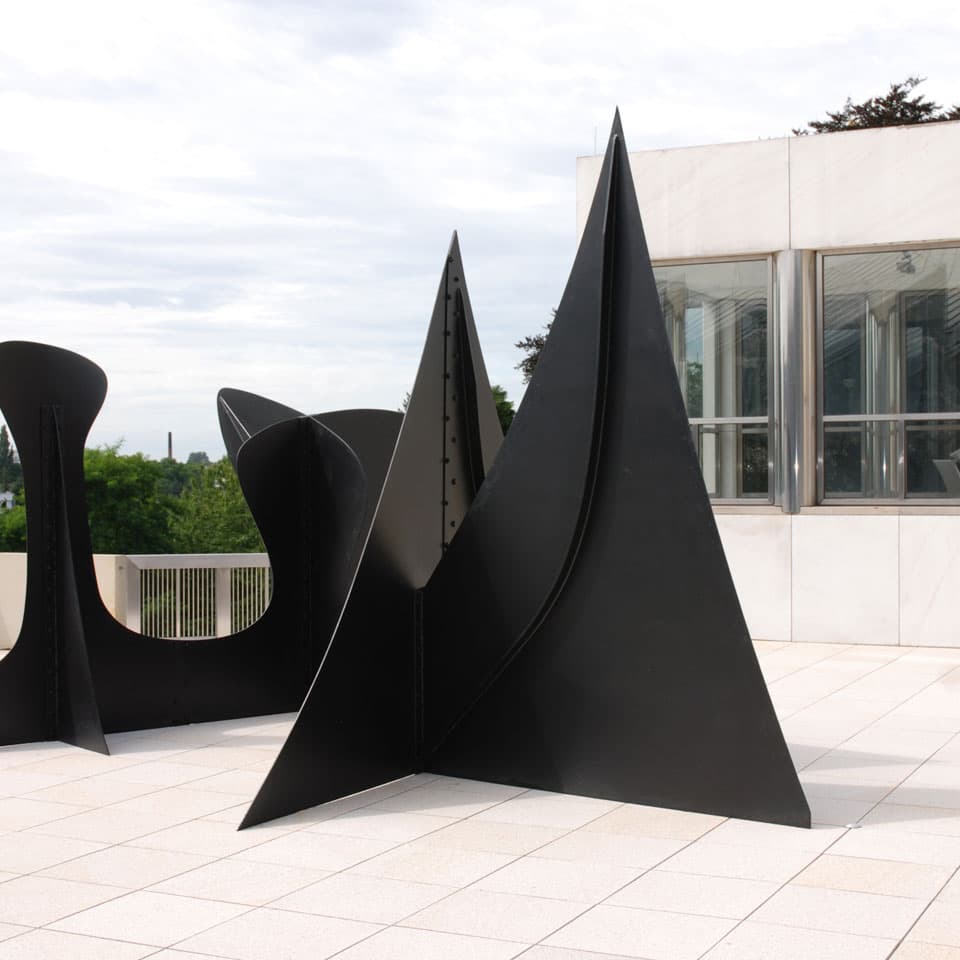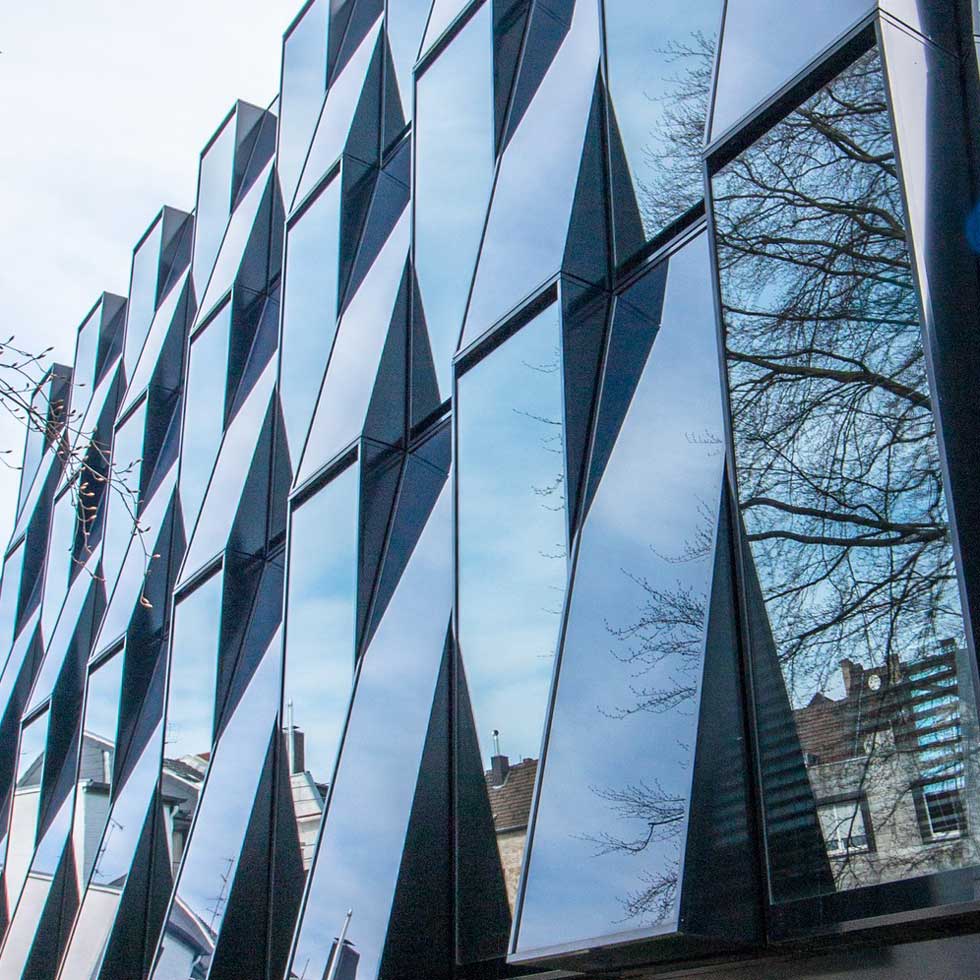DeinMG
Offizielles Freizeit- & Tourismusportal
Als größte Stadt am linken Niederrhein gibt Mönchengladbach mehr als 272.000 Menschen mit unterschiedlichen Sprachen, Kulturen und Religionen ein Zuhause. Mit 44 Stadtteilen, die individuell belebt sind, zeigt sich die Vielfalt in einem Mix aus großstädtischem Flair und niederrheinischer Naturlandschaft.
Weiterlesen
Mit den zwei großen Stadtzentren – Mönchengladbach mit der ansteigenden Einkaufsmeile Hindenburgstraße und historischer Altstadt auf dem Abteiberg sowie Rheydt mit seinem beliebten Wochenmarkt auf dem großen Marktplatz ist die Stadt bipolar einzigartig und verbindet Shopping, Gastronomie und soziokulturelles Miteinander.
Viele auswärtige Gäste besuchen ganzjährig die Museen wie u.a. das 1982 von Joseph Beuys eröffnete Museum Abteiberg mit seiner besonderen Architektur und wechselnden Ausstellungen, das Museum Schloss Rheydt sowie das Borussia Museum „Fohlenwelt“ im BorussiaPark. Auch bauwerkliche Highlights wie einer der schönsten Jugendstil-Wassertürme in Deutschland und das barocke Schloss Wickrath an den Niersauen sind weitere Must-Sees. Für Naturliebhaber ist der Bunte Garten an der historischen Kaiser-Friedrich-Halle mitten in der Stadt Sightseeing und Entspannung gleichzeitig oder man erkundet auf den vielen Radwegen in und um Mönchengladbach die niederrheinische Kultur.
Neben all der Historie stellt sich Mönchengladbach im Prozess des Strukturwandels den Herausforderungen der Zukunft. Als ehemaliges „Rheinische Manchester“ der Textilindustrie setzt die heutige Textile City auf innovative Konzepte aus Forschung und Entwicklung u. a. mit der am Standort ansässigen Hochschule Niederrhein und der Textilakademie.
Entdecken Sie Mönchengladbach in seiner Vielfalt! Die schönsten Seiten und besten Tipps finden Sie hier auf diesem Portal.
Aktuelles
Aus Mönchengladbach
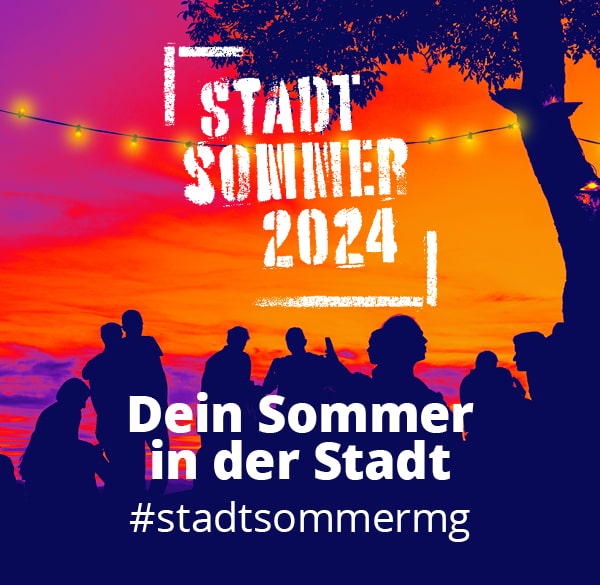
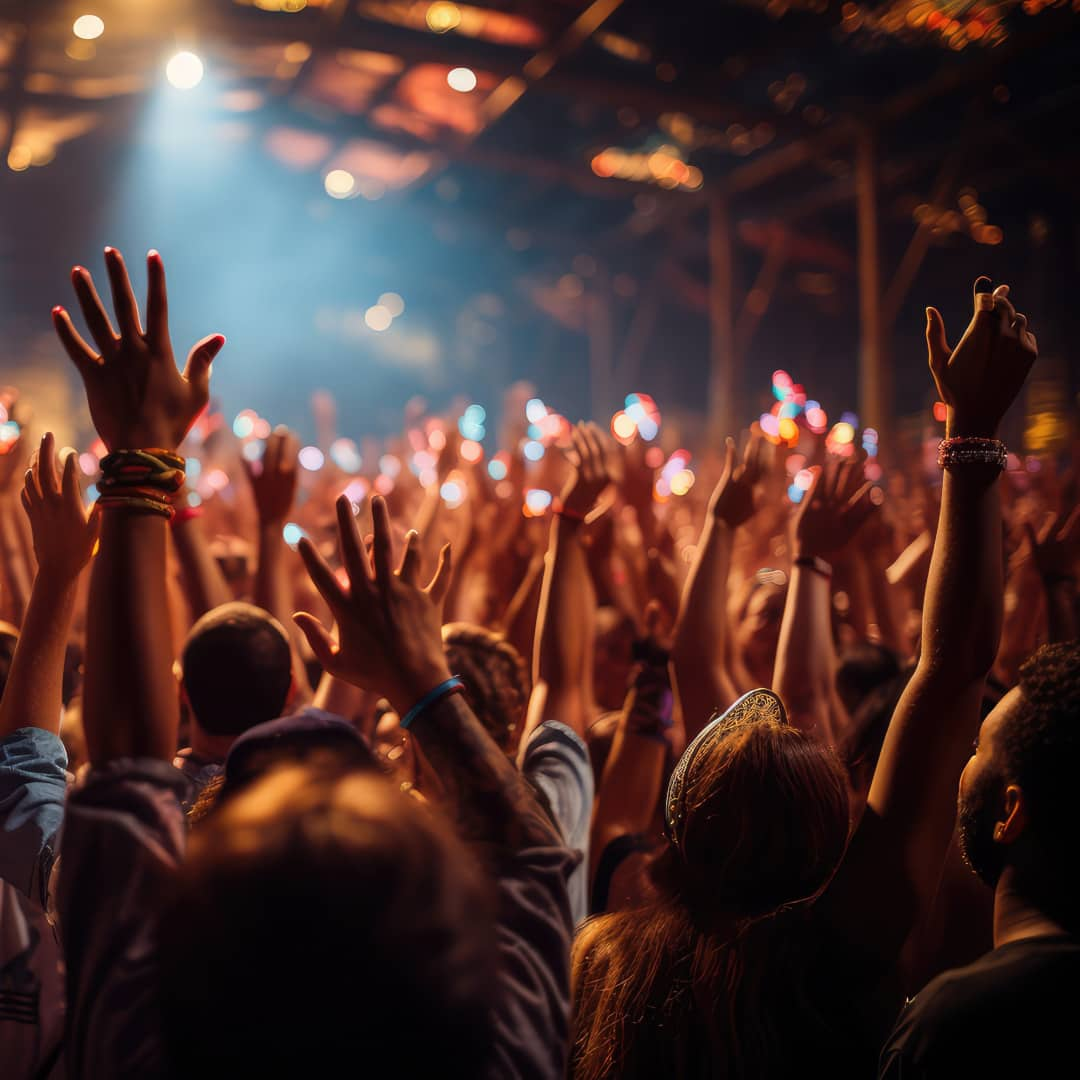
DeinMG-Blog
Verpasse keine Story aus deiner Stadt.
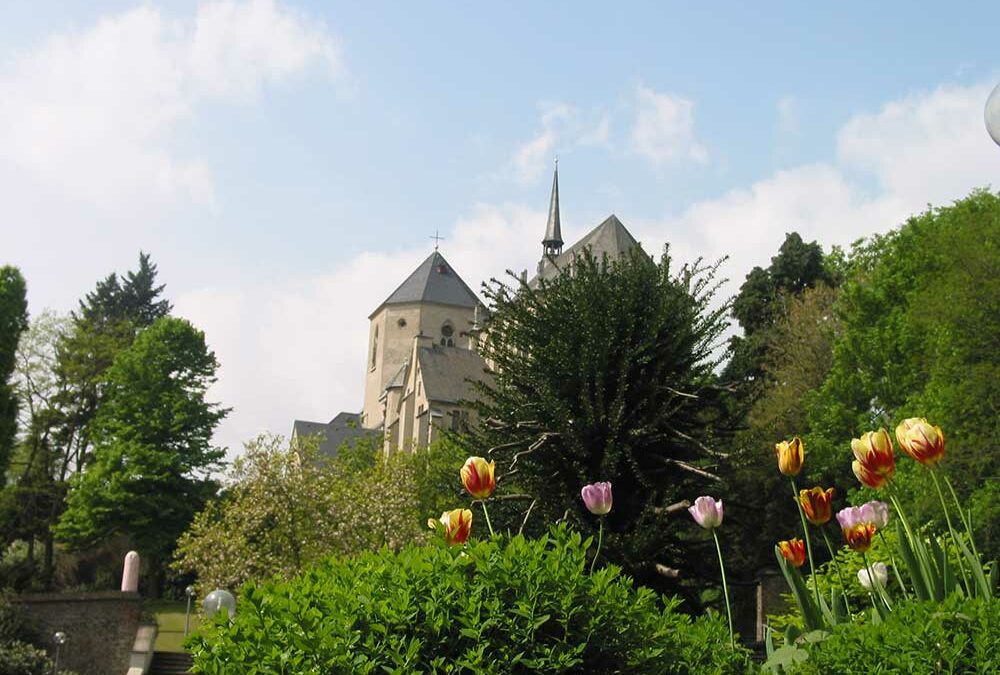
7 tolle Tipps für Ostern 2024 in Mönchengladbach
Ostern steht vor der Tür und somit auch die Ferien! Ein Urlaub ist bis jetzt nicht geplant, aber ihr wollt trotzdem die Ferien und Feiertage als Familie, zu Zweit oder mit Freunden so abwechslungsreich wie möglich gestalten? Wir zeigen Euch, was ihr alles unternehmen könnt und welche Orte die freie Zeit perfekt machen!
6 malerische Winterspaziergänge in Mönchengladbach
Der Winter hat Mönchengladbach fest im Griff, und was gibt es Schöneres, als die kalte Jahreszeit mit malerischen Spaziergängen durch unsere grünen Oasen zu genießen?
Top 13 Indoor Aktivitäten in Mönchengladbach
für schlechtes Wetter
Herbstliche Kälte, Sturm oder Regen? Bei schlechtem Wetter steht wohl den wenigsten der Sinn nach einem Ausflug – wie gut, dass es in Mönchengladbach auch drinnen jede Menge zu erleben gibt!
Wochenende! Zeit, was zu unternehmen
Mönchengladbach ist eine Stadt mit zwei Herzen und bietet in beiden Stadtzentren Überraschendes und Unerwartetes, das sich entdecken lässt. Hier sind einige Tipps für die Wochenendplanung durch Innenstädte von Gladbach und Rheydt, die besonders für Familien geeignet sind.
Veranstaltungen
Was ist los in Mönchengladbach?
Stories aus Deinem Quartier
Quartiersgeflüster
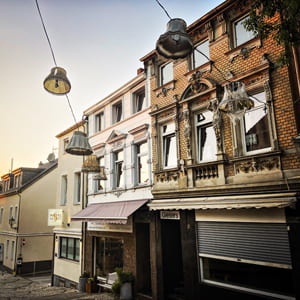
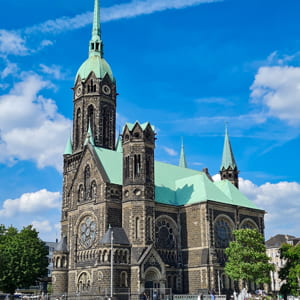

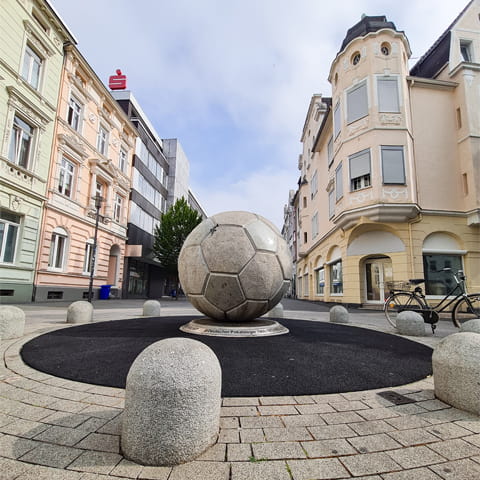
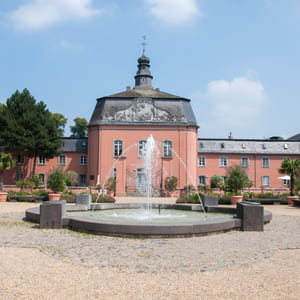
#foodspots_mg
Mönchengladbach genießen.
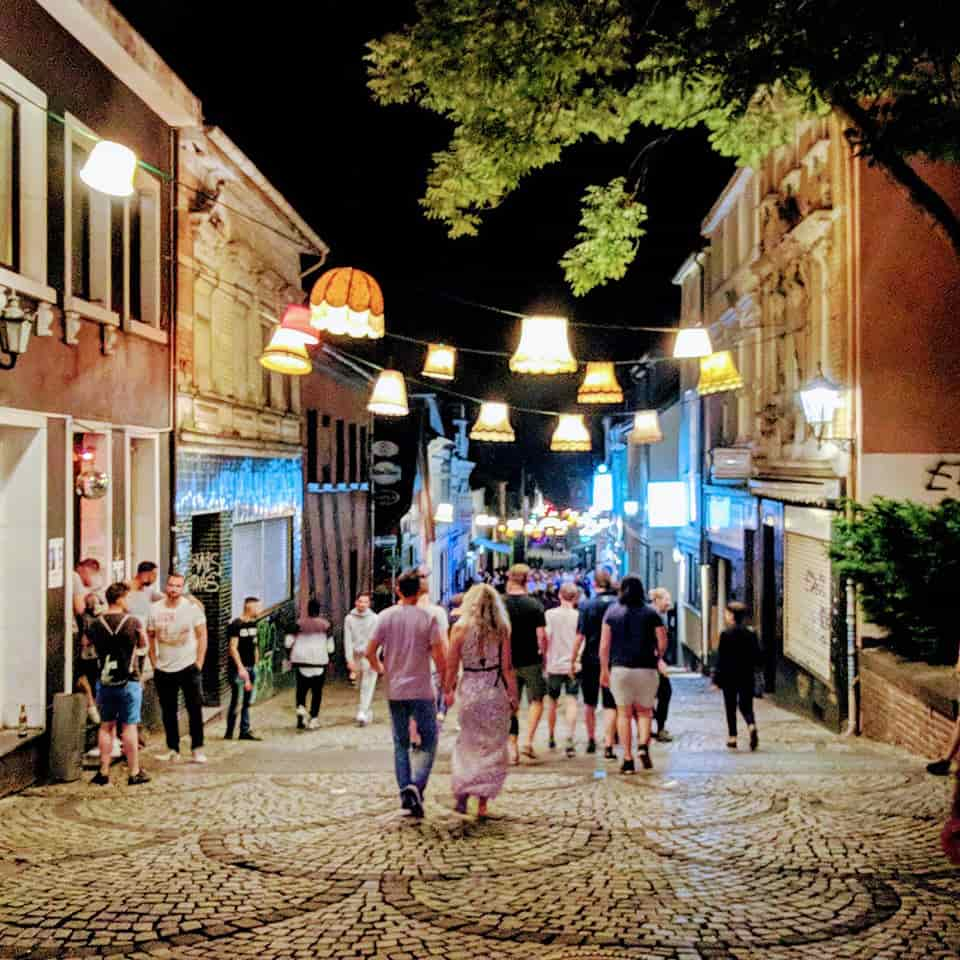

Unterwegs in Mönchengladbach
Die Stadt mit unseren Stadttouren entdecken.
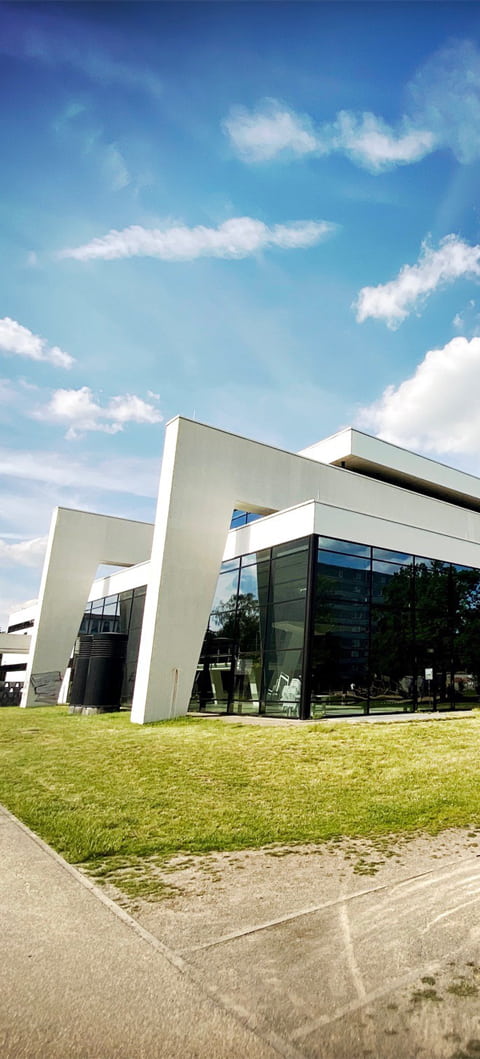
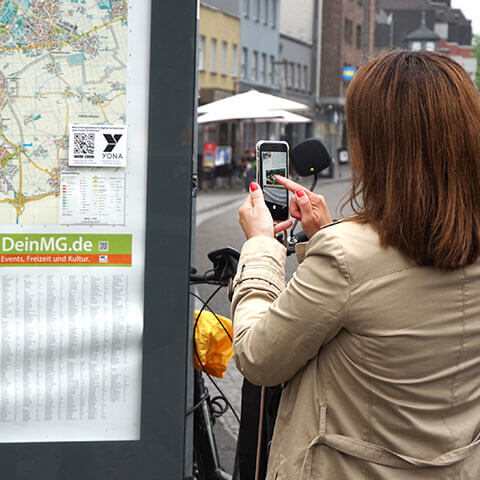
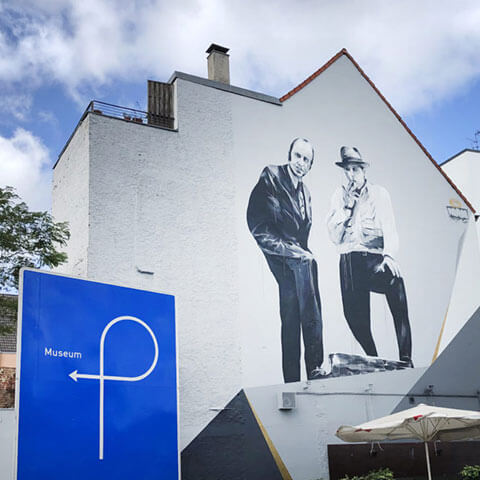
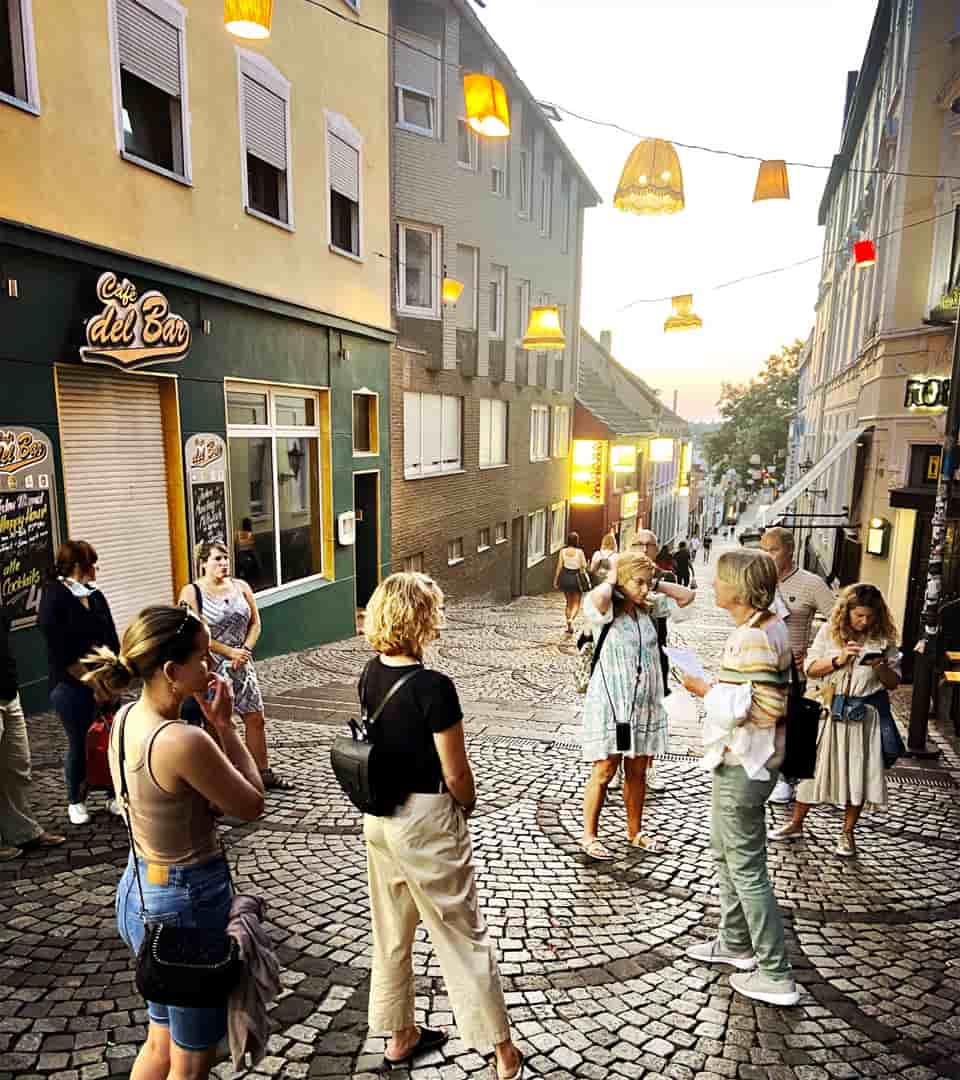
Unsere Top-Tipps
Mönchengladbach entdecken.
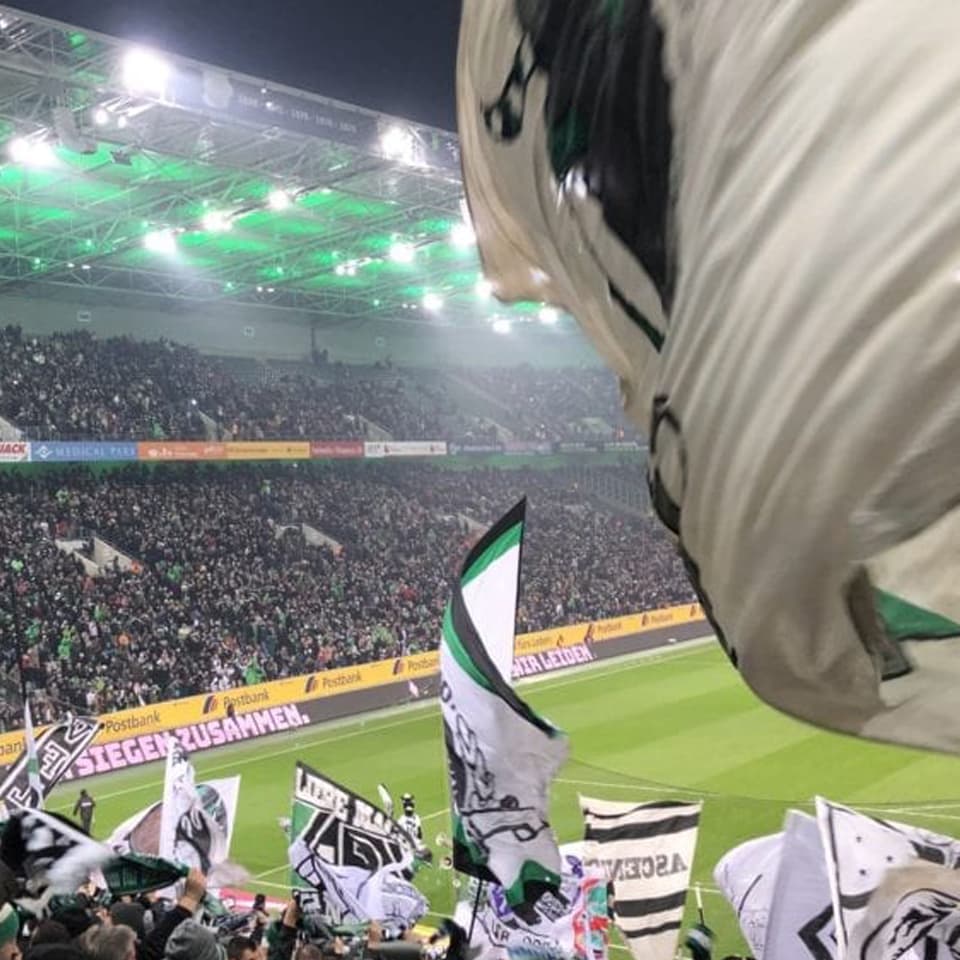
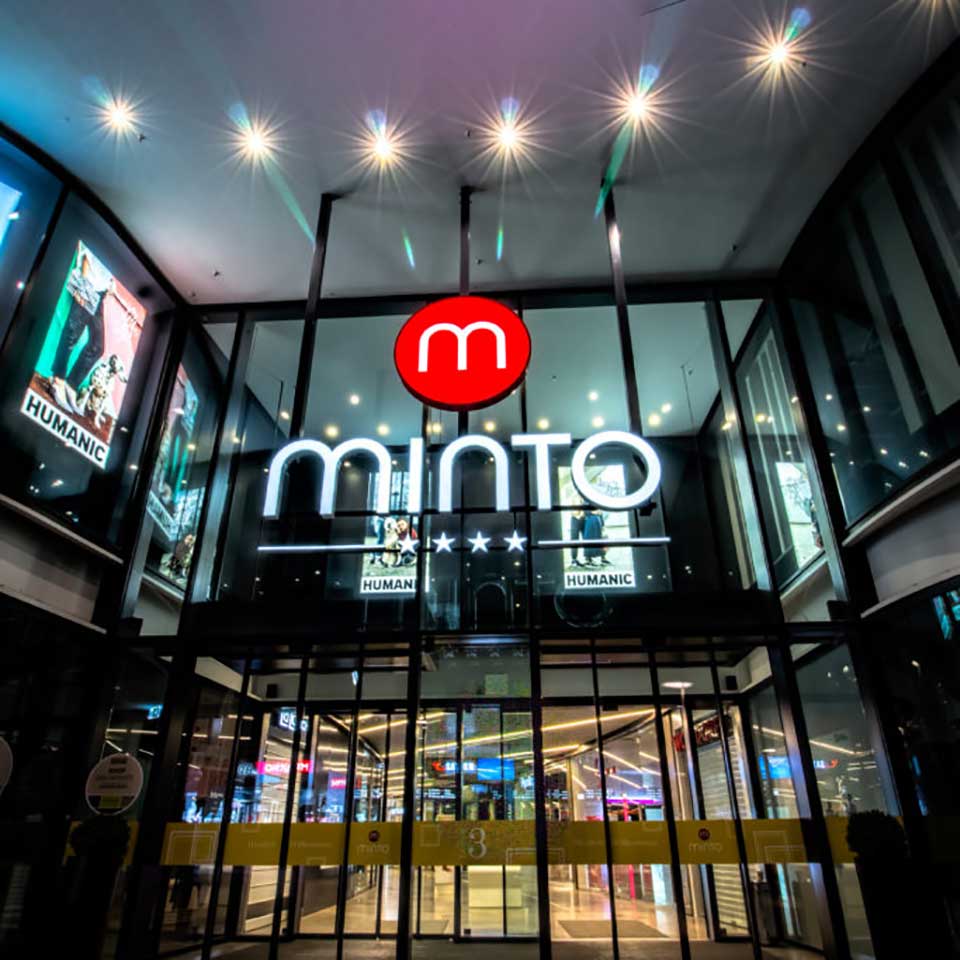
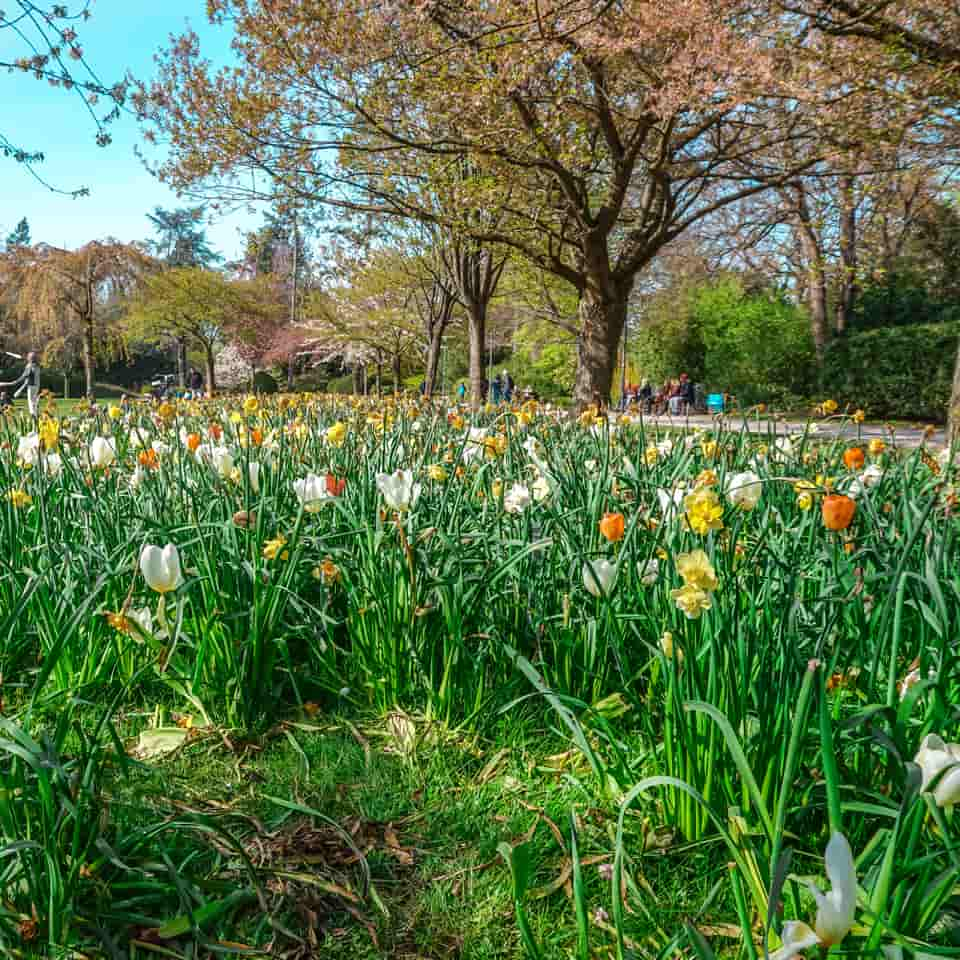

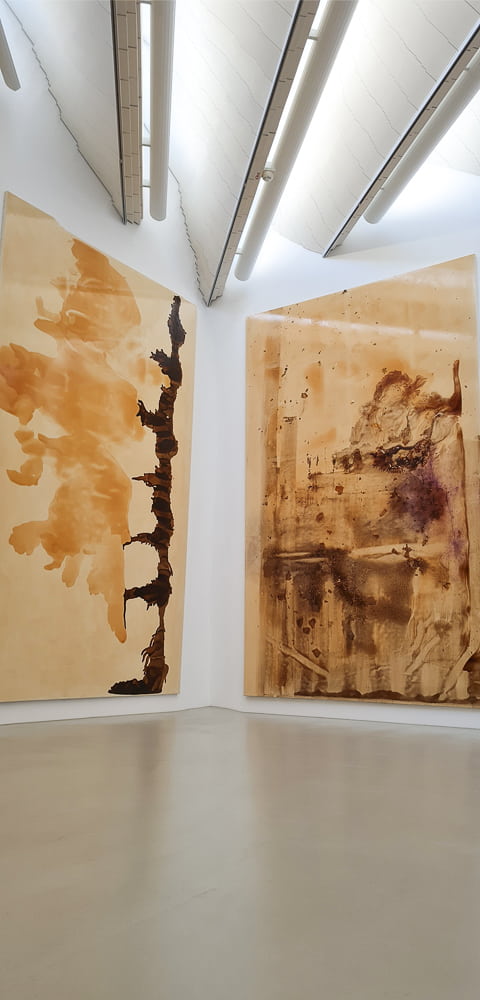
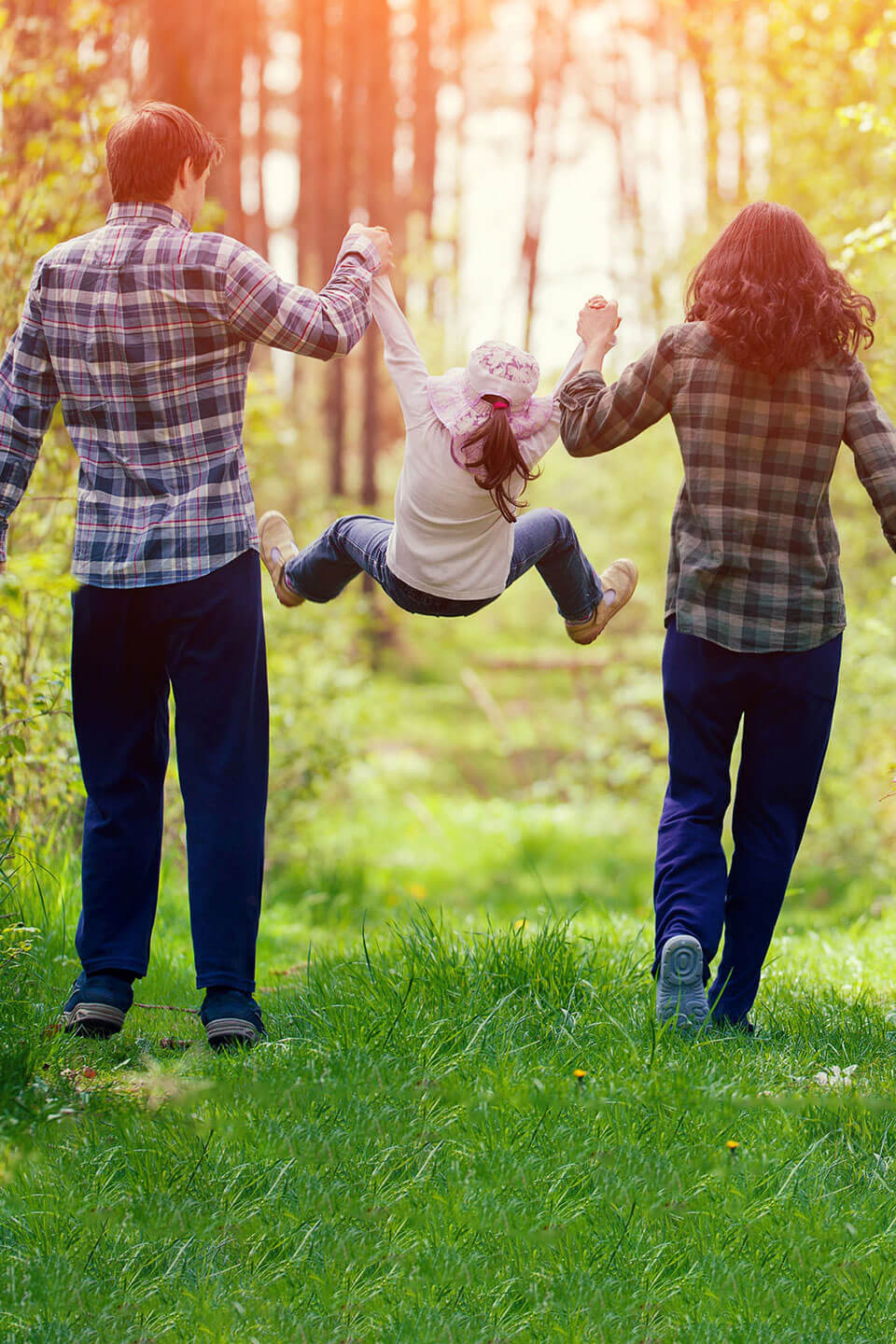
Mönchengladbacher Impressionen
Hier lässt es sich leben.
